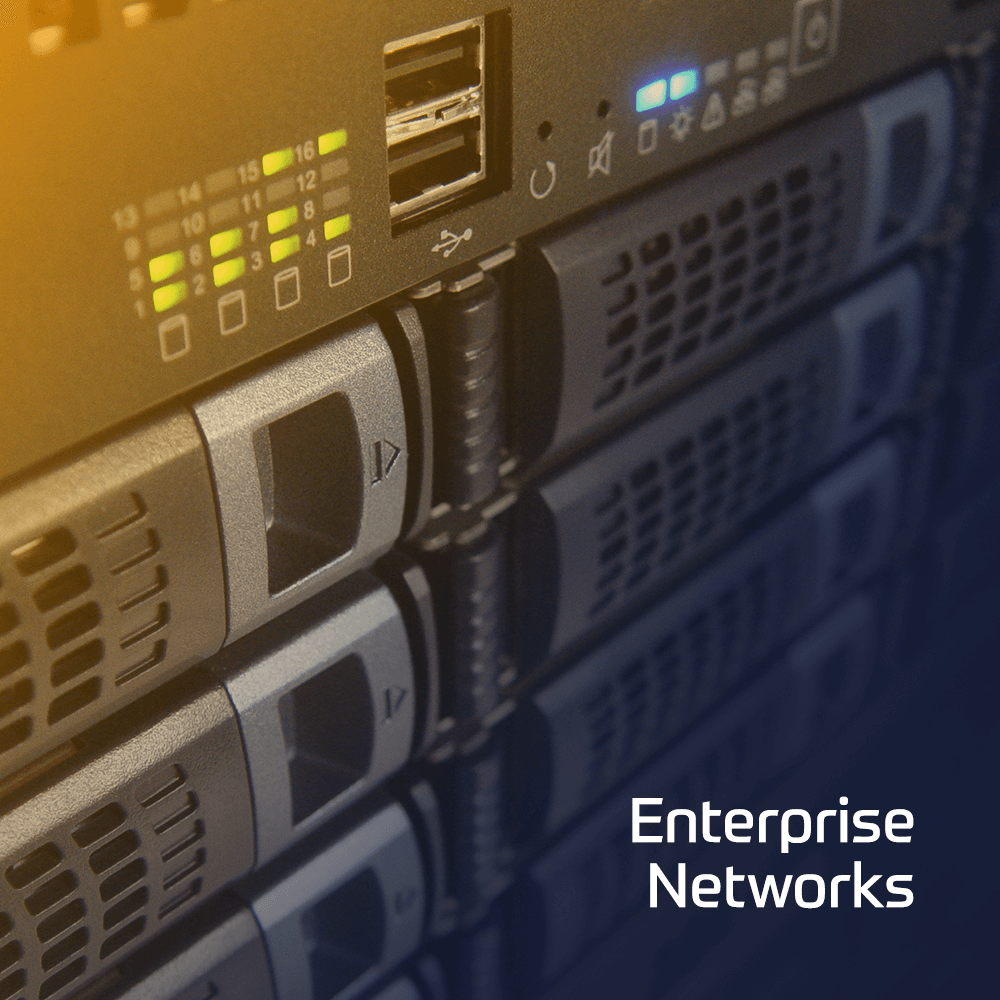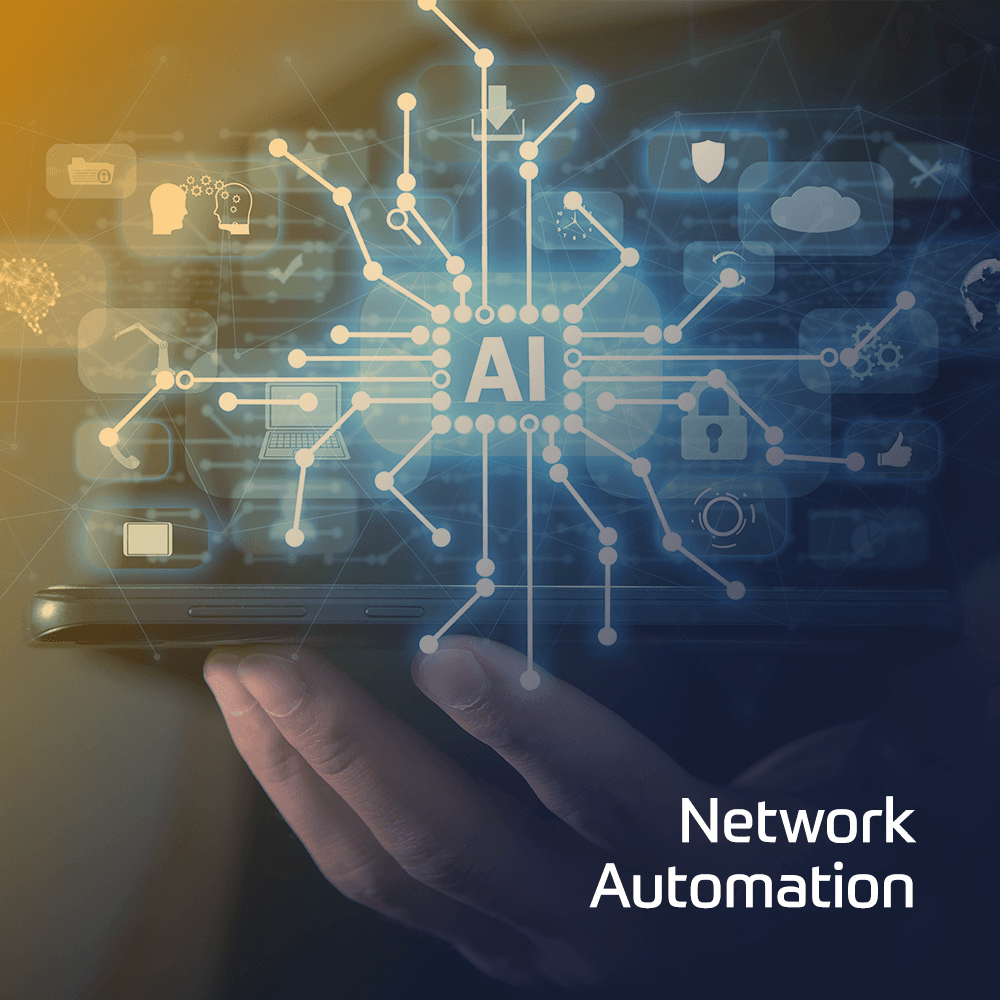The Symantec Endpoint Security Complete Administration R1.3 course is designed for the network, IT security, and systems administration professional in a Security Operations position tasked with the day-to-day operation of a SESC endpoint security environment. The course focuses on SES Complete cloud-based management using the ICDm management console.
Contact Us
We would love to hear from you. Please complete this form to pre-book or request further information about our delivery options.
 Duration
Duration 5 Days
 Delivery
Delivery (Online and onsite)
 Price
PricePrice Upon Request
- Describe the benefits of using a multi-layered cloud-based environment for endpoint security.
- Secure endpoints against network, file based, and emerging threats.
- Control endpoint integrity and compliance.
- Respond to security threats using SESC monitoring and reporting.
- Enforce adaptive security compliance.
- Protect Active Directory
- Use SESC in a Hybrid Environment / Migrate to the Cloud
Module 1: Introduction to Endpoint Security Complete
- Introduction
- SES Complete Architecture
- SES Complete Cloud-Based Management
- SES Complete in a Hybrid Environment
- SES Complete Device Group Management
- SES Complete Client Deployment
- SES Device Management
Module 2: Configuring SES Complete
- Security Controls
- Policy Overview
- Threat Overview and the MITRE ATTACK Framework
- Preventing Initial Access
- Preventing Execution
- Preventing Persistence
- Preventing Privilege Escalation
- Preventing Defense Evasion
- Preventing Discovery
- Blocking Command & Control
- Blocking Exfiltration
- Blocking the Impact Phase
- Managing Content Updates
- Policy Versioning and History
Module 3: Responding to Threats with ICDm
- The ICDm Home Page
- Searching SES Data
- Using SES Reports
- Configuring Alerts
- Managing Mitigation
- Acting on Events
Module 4: Endpoint Detection and Response
- Introduction to EDR
- Detecting Threats
- Investigating Threats
- Responding to Threats
Module 5: Attack Surface Reduction
- Reduce the Attack Surface with Adaptive Protection
- Reduce the Attack Surface with Application Control
- Reduce the Attack Surface with Custom Application Behavior
- Reduce the Attack Surface with Host Integrity
Module 6: Mobile and Modern Device Security
- Definition of Modern and Mobile Devices
- Modern and Mobile Threats
- Introducing Network Integrity
- Network Integrity Policy Configuration
- Network Integrity for Windows 10 Modern Devices
- Network Integrity for Mobile Devices
- Exploring Generated Alerts
Module 7: Threat Defense for Active Directory
- Active Directory Security Challenges
- Introducing Threat Defense for Active Directory
- TDAD Configuration
- Threat Scenarios and Remediation
Module 8: Working with a Hybrid Environment
- Reasons for Moving to the Cloud
- SES / SEP Hybrid Architecture
- Moving to Hybrid Managed
- Policies and Device Management from the Cloud
- Migrating to the Cloud
This course assumes that students have a basic understanding of advanced computer terminology, an administrator-level knowledge of Microsoft Windows operating systems, and have viewed the “Symantec Endpoint Security Complete – Basic Administration” eLearning content prior to attending this course.
- Describe the benefits of using a multi-layered cloud-based environment for endpoint security.
- Secure endpoints against network, file based, and emerging threats.
- Control endpoint integrity and compliance.
- Respond to security threats using SESC monitoring and reporting.
- Enforce adaptive security compliance.
- Protect Active Directory
- Use SESC in a Hybrid Environment / Migrate to the Cloud
Module 1: Introduction to Endpoint Security Complete
- Introduction
- SES Complete Architecture
- SES Complete Cloud-Based Management
- SES Complete in a Hybrid Environment
- SES Complete Device Group Management
- SES Complete Client Deployment
- SES Device Management
Module 2: Configuring SES Complete
- Security Controls
- Policy Overview
- Threat Overview and the MITRE ATTACK Framework
- Preventing Initial Access
- Preventing Execution
- Preventing Persistence
- Preventing Privilege Escalation
- Preventing Defense Evasion
- Preventing Discovery
- Blocking Command & Control
- Blocking Exfiltration
- Blocking the Impact Phase
- Managing Content Updates
- Policy Versioning and History
Module 3: Responding to Threats with ICDm
- The ICDm Home Page
- Searching SES Data
- Using SES Reports
- Configuring Alerts
- Managing Mitigation
- Acting on Events
Module 4: Endpoint Detection and Response
- Introduction to EDR
- Detecting Threats
- Investigating Threats
- Responding to Threats
Module 5: Attack Surface Reduction
- Reduce the Attack Surface with Adaptive Protection
- Reduce the Attack Surface with Application Control
- Reduce the Attack Surface with Custom Application Behavior
- Reduce the Attack Surface with Host Integrity
Module 6: Mobile and Modern Device Security
- Definition of Modern and Mobile Devices
- Modern and Mobile Threats
- Introducing Network Integrity
- Network Integrity Policy Configuration
- Network Integrity for Windows 10 Modern Devices
- Network Integrity for Mobile Devices
- Exploring Generated Alerts
Module 7: Threat Defense for Active Directory
- Active Directory Security Challenges
- Introducing Threat Defense for Active Directory
- TDAD Configuration
- Threat Scenarios and Remediation
Module 8: Working with a Hybrid Environment
- Reasons for Moving to the Cloud
- SES / SEP Hybrid Architecture
- Moving to Hybrid Managed
- Policies and Device Management from the Cloud
- Migrating to the Cloud
This course assumes that students have a basic understanding of advanced computer terminology, an administrator-level knowledge of Microsoft Windows operating systems, and have viewed the “Symantec Endpoint Security Complete – Basic Administration” eLearning content prior to attending this course.
- ` Date on Request

 Finland
Finland Germany
Germany Denmark
Denmark Sweden
Sweden Italy
Italy Netherlands
Netherlands Norway
Norway 

























